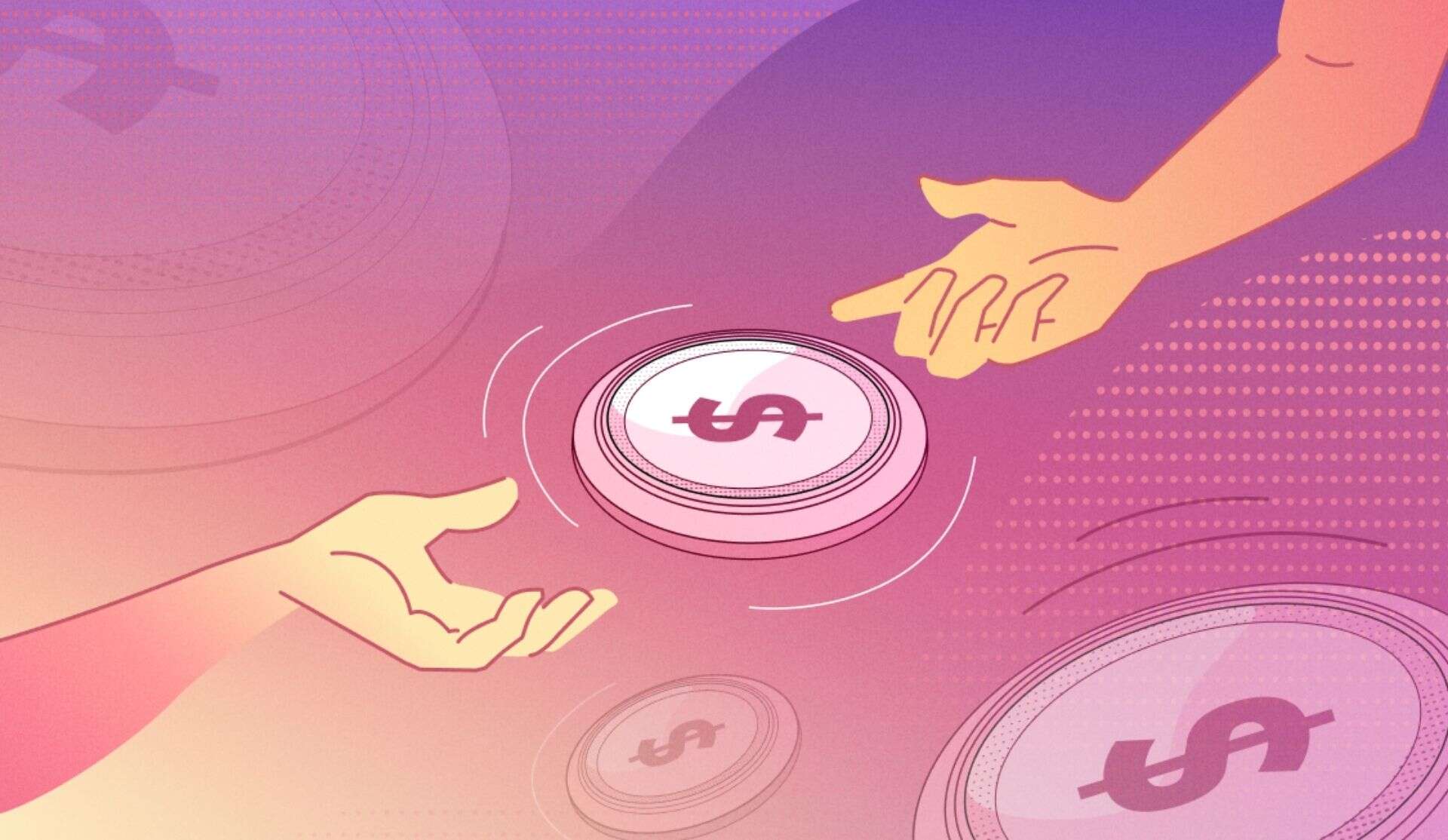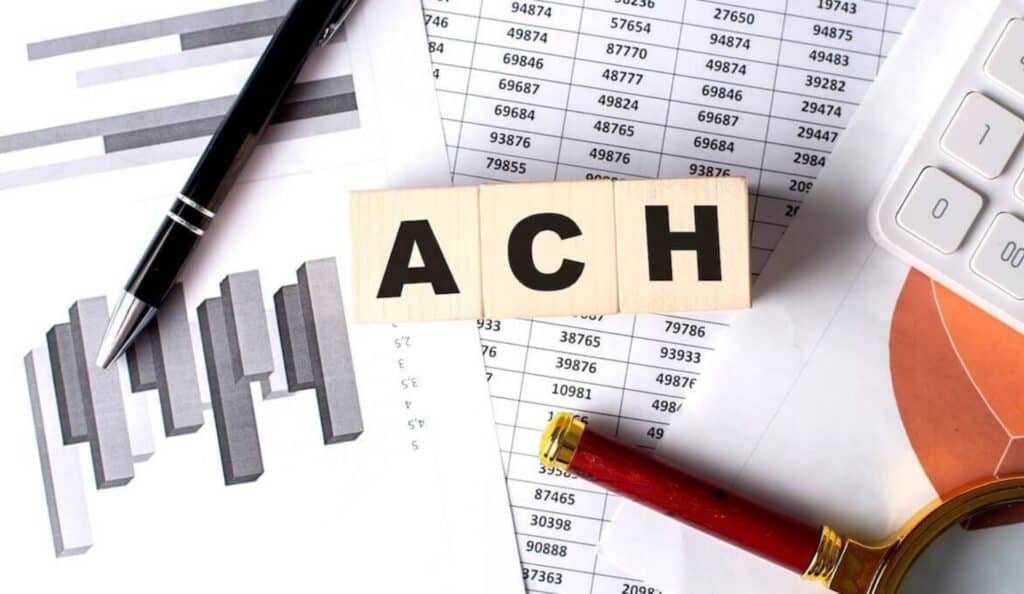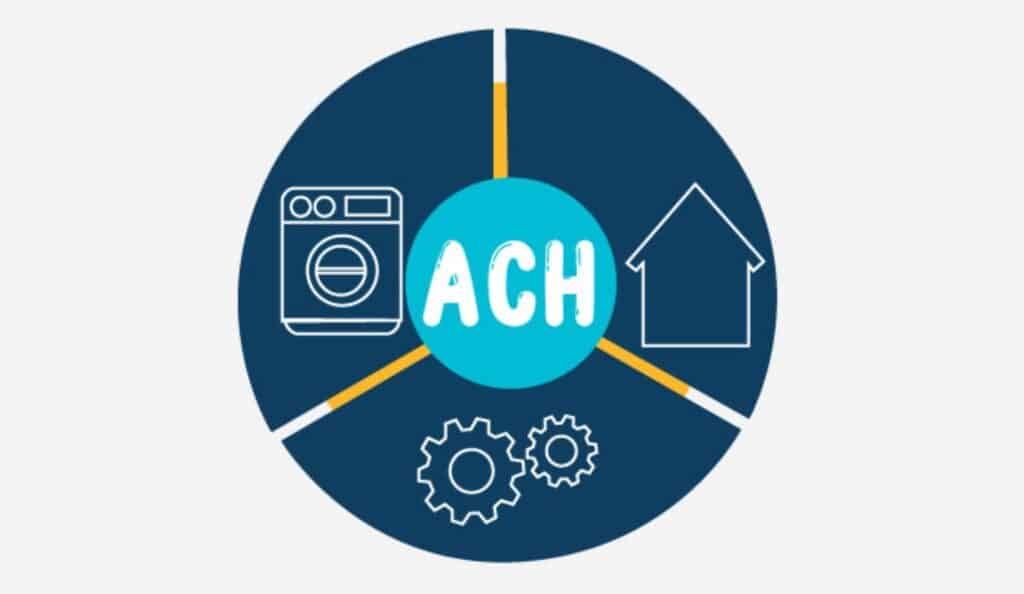
By Mollie Mills March 25, 2025
ACH trace is a unique number assigned to each electronic payment that is made using the ACH network. Call it what you will, this is important to tracking and fixing payments. It helps locate money, and where it’s located in a bank, compromising account information.
It is important to look at ACH transactions for the sake of security because it helps quickly identify any bad or unusual transactions and helps ensure that everyone who is involved takes responsibility.
Understanding ACH Transaction

The ACH network is the main electronic payment system in the US. It’s run by Nacha and used by most bank accounts. The ACH processes transactions between banks and credit unions using a batch system, with ACH processing times that vary depending on the type of transaction and the banks involved.
ACH transactions refer specifically to electronic money transfers between banks. The initiator a person, business, or government provides their bank with payment instructions. This bank forwards the instructions through the ACH network, which ensures the funds are securely delivered.
The National Automated Clearing House Association manages the network. The Withdrawal money is credited to the account in depositing. ACH transactions fall into two categories: credit and debit. In a credit transaction, the originator sends money to the receiver’s account, as in the case of an employer paying an employee. These are debit transactions that pull money from the originator, such as paying utility bills and mortgages.
Examples
Businesses use ACH to
- pay bills,
- Vendors,
- employees, and
- Customers
Mostly, because they are safe and cannot be stolen, making for quick payments and good cash flow.
Factors to Consider Before ACH Tracking
To track an ACH transaction, you will need to compile all relevant information and documentation. That includes transaction details, account statements, and any records that indicate that you approved the transaction.
Gather information such as the date, time, amount, names of the sender and receiver, and reference or confirmation numbers. Obtain bank statements indicating account activity. If that transaction was approved, you’d collect documents such as contracts, invoices, or signed forms.
So, make sure you have contact information for your bank handy, including phone numbers and emails for customer support, and contact the sender or receiver of the transaction if necessary.
Tracking An ACH Number

Need To Track an ACH Transaction
ACH transactions can also fail, which can present a significant problem for business owners and employees. No matter the issue, every responsible business owner manages their ACH transactions to avoid these headaches.
Some reasons for tracking these transactions are incorrect or late payments by employees, unpaid business expenses, unpaid vendor payments, and payments not reflecting business bank accounts. If you encounter any of these issues, it’s essential to understand what to do under such circumstances, whom to reach out to, and what steps to take.
Monitoring the ACH Trace Number
From a money management perspective, you should check ACH transfers regularly. This is where trace numbers from transaction details become crucial. If you don’t see a payment after three days, contact your bank or search for the ACH trace number.
Moreover, banks can follow payment affairs by the date, amount, and trace number. Checking bank statements frequently alerts you to problems early and prevents fraud. Thus, using ACH, accountants can sync their software and get updates quicker to help with reporting finances.
Finding The ACH Trace Number
ACH trace numbers can be found in your online banking transaction details, or on your statements. Typically, there are two trace IDs one for the sender and the other for the receiver. This enables both individuals to follow the transaction in their own way. To help expedite transaction tracing and report back on any issues, many banks request you provide specific information like the date and amount of the transaction or the ACH trace number.
Source ID and Destination ID
In finance, there are two kinds of trace IDs: source and destination. You can trace source IDs on the day of the transaction, but you can only trace destination IDs after the money is in the recipient’s bank account. If you have a destination ID, give it to the customer and tell them to call their bank right away. The bank will handle it from there.
Contacting the Bank
If you are waiting to get paid, contact your bank with the ACH trace number. You may need to ask the person paying you for this number. If the person receiving the payment is waiting, they should reach out to their bank. Sometimes, just knowing the date and amount of the transaction is enough for the bank to trace it .
Payment Tracking
Sadly, regular users can’t access the tracing system, so you’ll need to let the bank do the work. Bank staff might ask for more information if the payment seems lost, like what type of transaction it is. But usually, they can find out where the money is in the ACH network .
Finding Where an ACH Payment Was Sent From
If you find a delivery you aren’t expecting at your door, you want to know who’s behind it. That’s exactly why we have return addresses. Just like when you see an unknown payment in your bank account, you likely want to know its source as well. For the “Transaction Details,” look in your online bank statement. These details are revealed only if you click on the line item.
Prerequisites

Details Regarding Transaction
Collecting as much detail as you can surrounding the ACH transaction and this should include the date and time, the amount, the parties involved, and any reference or confirmation numbers. Knowing this will help you locate the ACH transaction and verify that it occurred between the correct parties.
Statements Regarding Accounts
Going through your bank or financial institution’s account statements for the period before and after the ACH transaction occurred is required as it will serve as evidence for the transaction.
Documentation For Authorization
If an ACH transaction has been authorized, retain any documents evidencing that transaction took place. This proof of transaction or evidence provides assurance that the transaction was done in a legit and agreed manner.
Information Regarding Contact
Being able to easily access your bank or financial institution’s support or fraud prevention department is necessary. It’s also helpful to have the contact information for the person or business behind the ACH transaction. Immediate communication is key in tracking ACH transactions.
Being Prepared
It can take a long time to trace an ACH transaction, so be prepared to spend a lot of time working through the problems so be prepared for that.
Common Issues and Steps to Resolve Them
Issues
Delays, errors, and unauthorized payments can all make tracking ACH transactions difficult. If three days would pass without a payment, you should reach out both to your bank and the people who are involved for assistance. Collection of all relevant details like date and value, as well as people involved, ahead of starting a trace.
Steps in Resolving
Keeping in contact with your bank for updates while the tracing process is underway, which could take several days is the starting step. The bank will then provide you with a report after the trace, indicating what happened with the transaction and what, if any, issues were encountered. Log all conversations and findings to assist in resolving any disputes.
If you’re waiting for a payment, ask your bank to provide assistance. ACH transactions can be returned due to errors, insufficient funds, or violations of rules, for example. Familiarity with the rejection codes can help you identify what went wrong and get it fixed faster. The success of overcoming ACH transaction rejections can be considered a systematic process of communication; it takes an effort to communicate effectively.
ACH For Recurring Payment Benefits
ACH has lower fees than credit cards, making it an inexpensive way for businesses to process recurring payments. It makes money transfers reliable, which helps to avoid missed payments and makes the payment process easier. ACH is an umbrella term for a variety of payment forms that can be simplified into one single system, improving the efficiency of regular account-to-account payments.
Conclusion
Tracking ACH payments is key for processing safe and accurate electronic payments. The ACH trace number is used to locate and verify transactions, so it can be useful for troubleshooting issues such as delays, errors, or unauthorized transfers. It helps users avoid fraud and financial issues by regularly checking the ACH transactions and accurate record-keeping.
ACH payments are a quick and low-cost method of conducting both consumer and B2B transactions, but understanding how to track those transactions is essential for accounting and financial best practices. Being prepared with the correct information and communicating with banks and other parties can help you address the situation quickly and maintain faith in the ACH system.